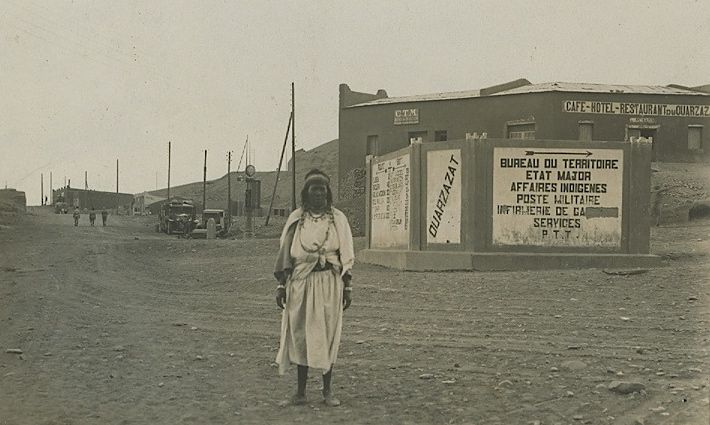During the Saadian period, the region still revived and experienced an economic and cultural boom favored by the development of fruitful trans-Saharan trade, especially after the expedition organized by Sultan El Mansour in Sudan which became a province of the Grand Moroccan Cherifian Empire.
The great interest aroused by the discovery of gold and other precious metals, would have determined the establishment of merchants of different nationalities and religions in this part of the country formation of small Jewish kingdoms which favored its expansion at a certain time .
Ouarzazate was then the heart of Morocco where a renowned and flourishing trade thanks to the caravans allowed an economic revival for the country.
But after the disappearance of El Mansour and the Atlantic coast becomes the zone of privileged exchanges to the detriment of the region of Ouarzazate which knows a period of decline.
In the 17th century, with the advent of the Alaouite Sharif Dynasty, the region entered a new era of development on a full footing and remained faithful to the throne.
With the arrival of colonial troops in the region, a garrison town was founded in 1928, Ouarzazate became the administrative center of the Drâa region.
All the populations of Saharan Morocco faced and bravely refused the colonialist occupation as did the other regions of the country.









